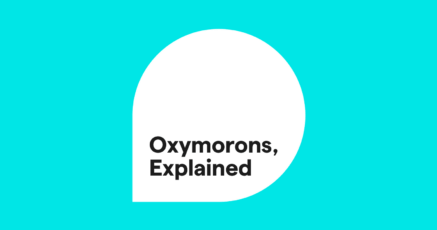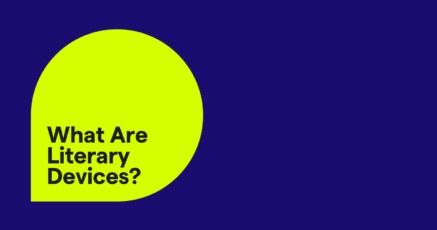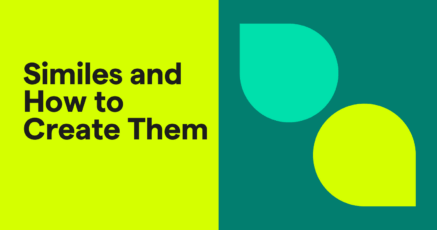Literary Devices - Page 6
 What Is an Oxymoron? Definition and ExamplesAn oxymoron is a figure of speech that combines contradictory words with opposing meanings, like “old news,” “deafening silence,”...January 11, 2022
What Is an Oxymoron? Definition and ExamplesAn oxymoron is a figure of speech that combines contradictory words with opposing meanings, like “old news,” “deafening silence,”...January 11, 2022 A Guide to Personification, With ExamplesPersonification is a figurative language technique where non-human things are given human traits to create vivid, emotional...December 23, 2021
A Guide to Personification, With ExamplesPersonification is a figurative language technique where non-human things are given human traits to create vivid, emotional...December 23, 2021 What Is Direct Characterization in Literature?Direct characterization is when an author describes a character in a straightforward manner, as if telling the reader directly....November 24, 2021
What Is Direct Characterization in Literature?Direct characterization is when an author describes a character in a straightforward manner, as if telling the reader directly....November 24, 2021 All About AlliterationBest Buy. PayPal. Coca-Cola. Bed Bath & Beyond. Why do these names stick in our minds and immediately conjure up images of...November 4, 2021
All About AlliterationBest Buy. PayPal. Coca-Cola. Bed Bath & Beyond. Why do these names stick in our minds and immediately conjure up images of...November 4, 2021 105 Literary Devices: Definitions and ExamplesA literary device is a technique or tool writers use to enhance their writing, convey meaning, or evoke emotion through stylistic...August 18, 2021
105 Literary Devices: Definitions and ExamplesA literary device is a technique or tool writers use to enhance their writing, convey meaning, or evoke emotion through stylistic...August 18, 2021 What Is Irony in Writing? An Unironic GuideThe protagonist in your story has waited all week for a check to come in the mail. Now they open up their mailbox, spy an...January 27, 2021
What Is Irony in Writing? An Unironic GuideThe protagonist in your story has waited all week for a check to come in the mail. Now they open up their mailbox, spy an...January 27, 2021 Tone: The Complete Guide to Writing with ToneThere are many elements needed to write well. In addition to learning technical skills, like correct spelling and grammar,...December 23, 2020
Tone: The Complete Guide to Writing with ToneThere are many elements needed to write well. In addition to learning technical skills, like correct spelling and grammar,...December 23, 2020- What Is a Protagonist?Protagonist comes from a Greek word for the principal actor in a drama. In modern literature, the protagonist drives the story...September 28, 2016
- What Does Double Entendre Mean?A double entendre is a phrase with a dual meaning. One of the meanings of a double entendre is usually risqué. Take your audience...June 16, 2016
 What Are Similes? Definition and ExamplesKey takeaways: A simile is a literary device that compares two different things using the words like or as. Similes make writing...January 8, 2016
What Are Similes? Definition and ExamplesKey takeaways: A simile is a literary device that compares two different things using the words like or as. Similes make writing...January 8, 2016